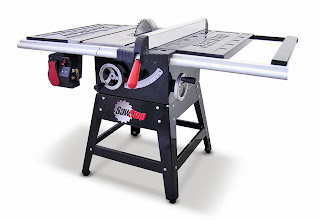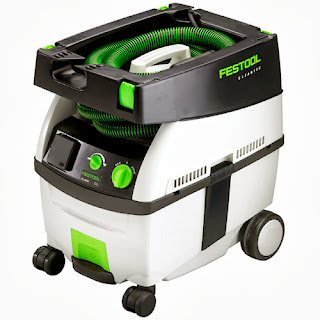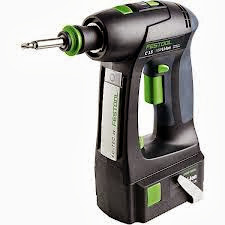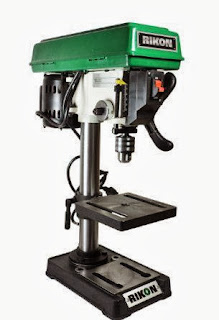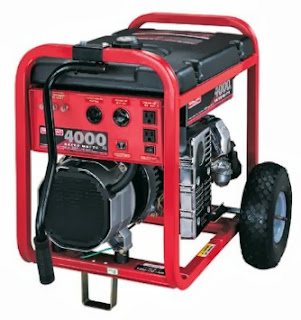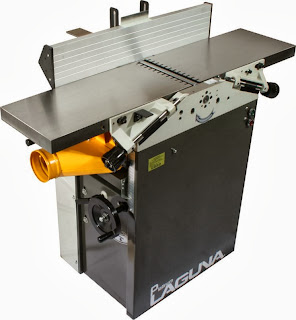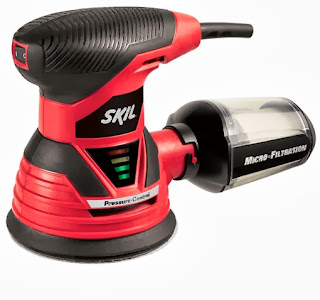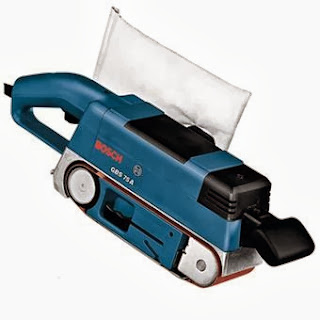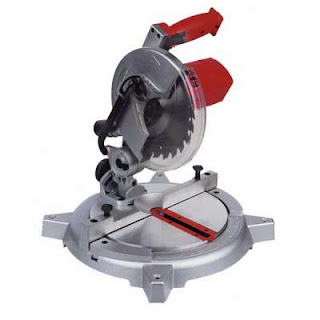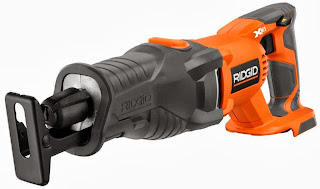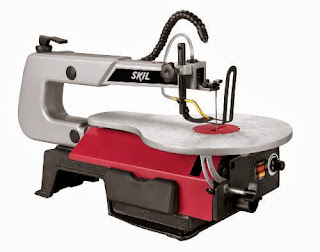A belt sander looks and acts - like the bulldozer of the toolbox. Applied to a piece of wood, the tool's continuous band of sandpaper tears effortlessly through layers of old paint or patches of rough wood to reveal a fresh surface underneath.
Used carefully, belt sanders can make quick work of stock that would otherwise have to be laboriously sanded by hand. But like a grinder, the belt sander has a relentless fury. If held in one place even an instant too long, it will make irreparable gouges in the very surface you're trying to smooth.
How It Works
Regardless of size,
all belt sanders operate on the same principle: a loop of sandpaper wraps around a rear roller and a front roller, creating tension between the two. When the sander is switched on, the rear drive roller (which is usually connected to the motor) spins, causing the sanding belt to move forward like the tread of a bulldozer. This is far more
aggressive than an orbital sander, in which the sanding pad rotates in a very small circle. But belt sanders can take on far bigger jobs: old layers of paint can disappear with one swipe of the tool, and a wide piece of wood can be leveled smooth with just a few passes.
All About Size
Sanding belts typically range from 3 inches wide by 18 to 21 inches in circumference to 4 inches by 24 inches for large models. Smaller belt sanders have also begun to appear on the market. Some feature belts just over 1 inch wide, with a front roller that's smaller than the rear roller. This narrows the point of the belt, making it easier to control and maneuver into hard-to-reach areas, such as the gaps between railing posts on an outdoor deck. Despite the tame appearance of these smaller tools, they're still wild at heart and can easily damage wood if you don't keep them in motion.
Dealing with Dust
Belt sanders generate a lot of dust which is a health hazard, especially when you're sanding pressure-treated wood or wood whose surface contains lead-based paint. Dust bags attached to the tools help to gather up the sawdust and reduce the amount that floats in the air or clogs up the grit on the sanding belt. The highest-quality belt sanders can be hooked up directly to shop vacuums, which suck away all the dust. This system keeps the belt cleaner, and you'll get more mileage out of it as a result. (See our guide on dust collectors.)


